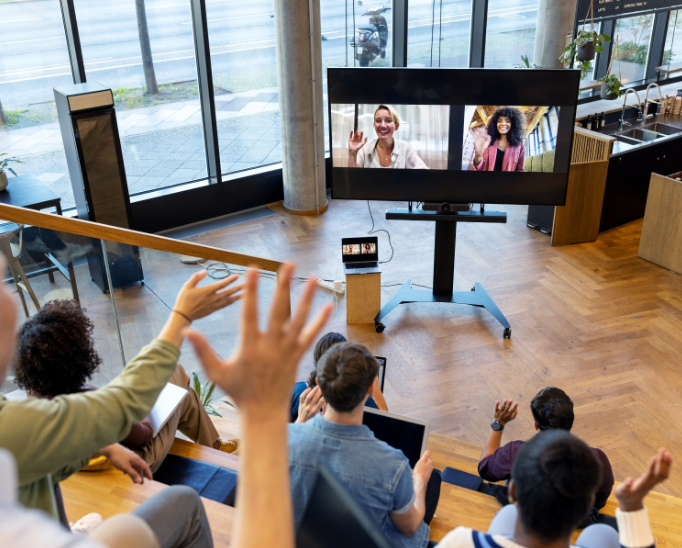Best Practices for Hybrid Events: Engaging Both Live and Virtual Audiences

Hybrid events combine in-person and virtual experiences, offering flexibility for a broader audience, but careful planning and execution are crucial for successful engagement. Here are some best practices to ensure your hybrid event is engaging and effective for everyone involved.
1. Plan for Both Audiences
Tailored Content
Design your event content to cater to both live and virtual audiences. This may involve creating separate tracks or sessions for each audience or ensuring that all presentations and activities are accessible and engaging for both groups.
Inclusive Agenda
Ensure your event agenda includes activities and sessions that keep both audiences engaged. Consider the different attention spans and participation levels of virtual and in-person attendees.
2. Invest in Technology
High-Quality Streaming
Invest in reliable streaming technology to provide a seamless virtual experience. High-quality audio and video are crucial to keeping remote participants engaged.
Interactive Platforms
Use interactive event platforms that offer features like live polls, Q&A sessions, and chat functions. These tools help virtual attendees feel more involved and connected to the event.
3. Engage Both Audiences Simultaneously
Interactive Sessions
Incorporate interactive elements that engage both live and virtual audiences simultaneously. For example, live polls can gather input from all attendees, and Q&A sessions can include questions from both in-person and remote participants.
Networking Opportunities
Facilitate networking between live and virtual attendees by using virtual networking tools or dedicated networking sessions. Encourage interaction through breakout rooms, chat features, and social media groups.
4. Provide Clear Communication
Pre-Event Information
Send detailed pre-event information to both audiences. This includes schedules, platform instructions, and tips for making the most of their event experience.
Real-Time Updates
Keep all attendees informed with real-time updates throughout the event. Use notifications, announcements, and social media to ensure everyone stays connected and informed.
5. Foster Community and Interaction
Social Media Engagement
Create a dedicated event hashtag and encourage attendees to share their experiences on social media. Highlight social media posts during the event to foster a sense of community.
Interactive Breaks
Plan interactive breaks that involve both live and virtual audiences. This can include virtual tours, live entertainment, or interactive games that everyone can participate in.
6. Measure and Evaluate
Collect Feedback
Gather feedback from both live and virtual attendees to understand their experiences and identify areas for improvement. Use surveys, polls, and follow-up emails to collect valuable insights.
Analyze Engagement Metrics
Analyze engagement metrics such as session attendance, interaction rates, and social media activity. This data can help you evaluate the success of your hybrid event and plan future improvements.
Conclusion
Hybrid events combine in-person and virtual experiences, allowing for diverse audience engagement. By planning for both audiences, investing in technology, facilitating interaction, providing clear communication, and measuring success, hybrid events can be memorable and valuable, leaving a lasting impression.
#HybridEvents #EventPlanning #VirtualEvents #LiveEvents #EventManagement #EngagingAudiences #EventTechnology #Networking #InteractiveEvents #EventBestPractices

